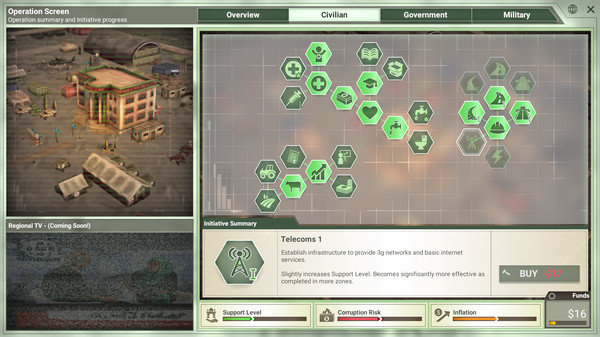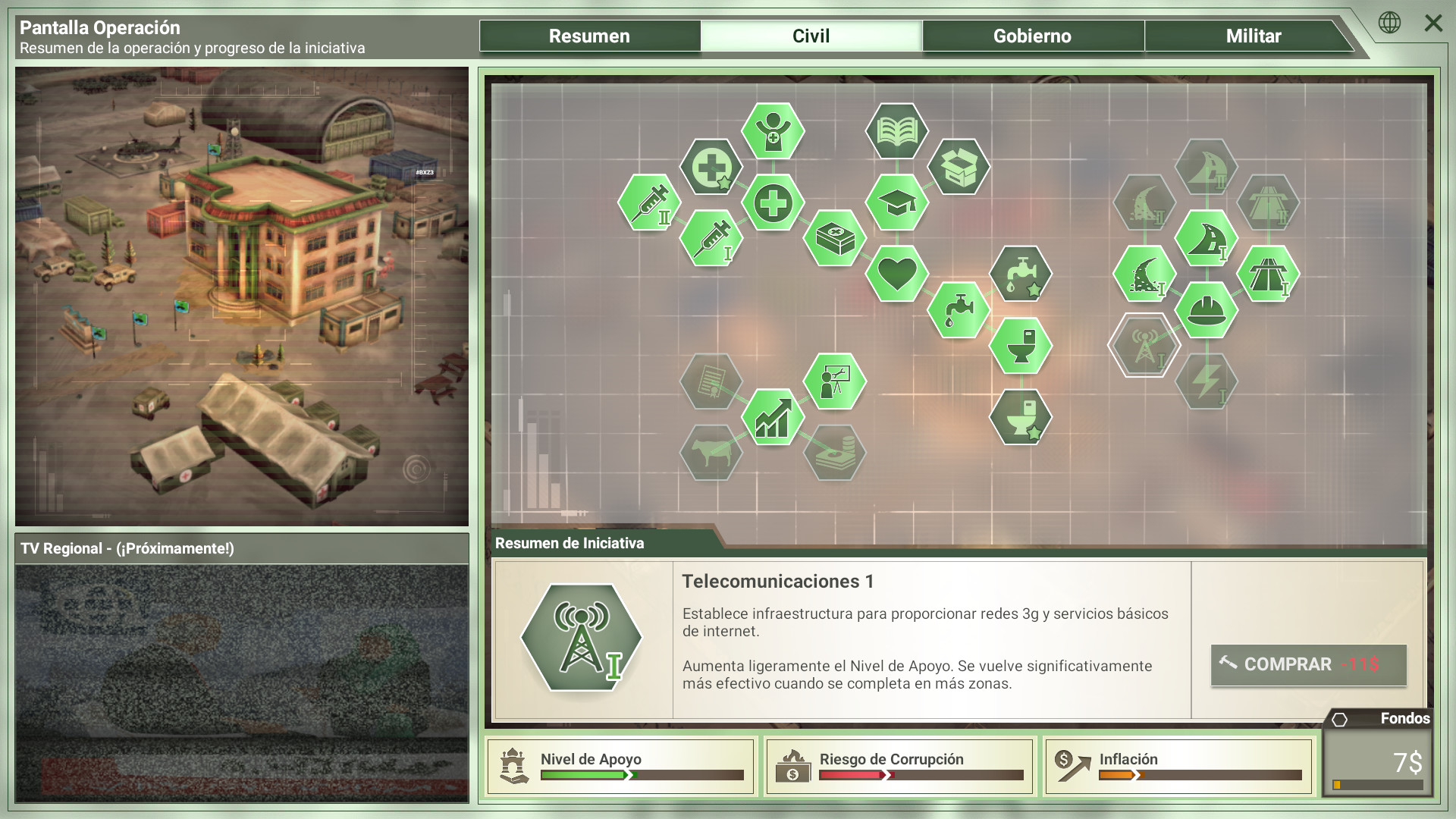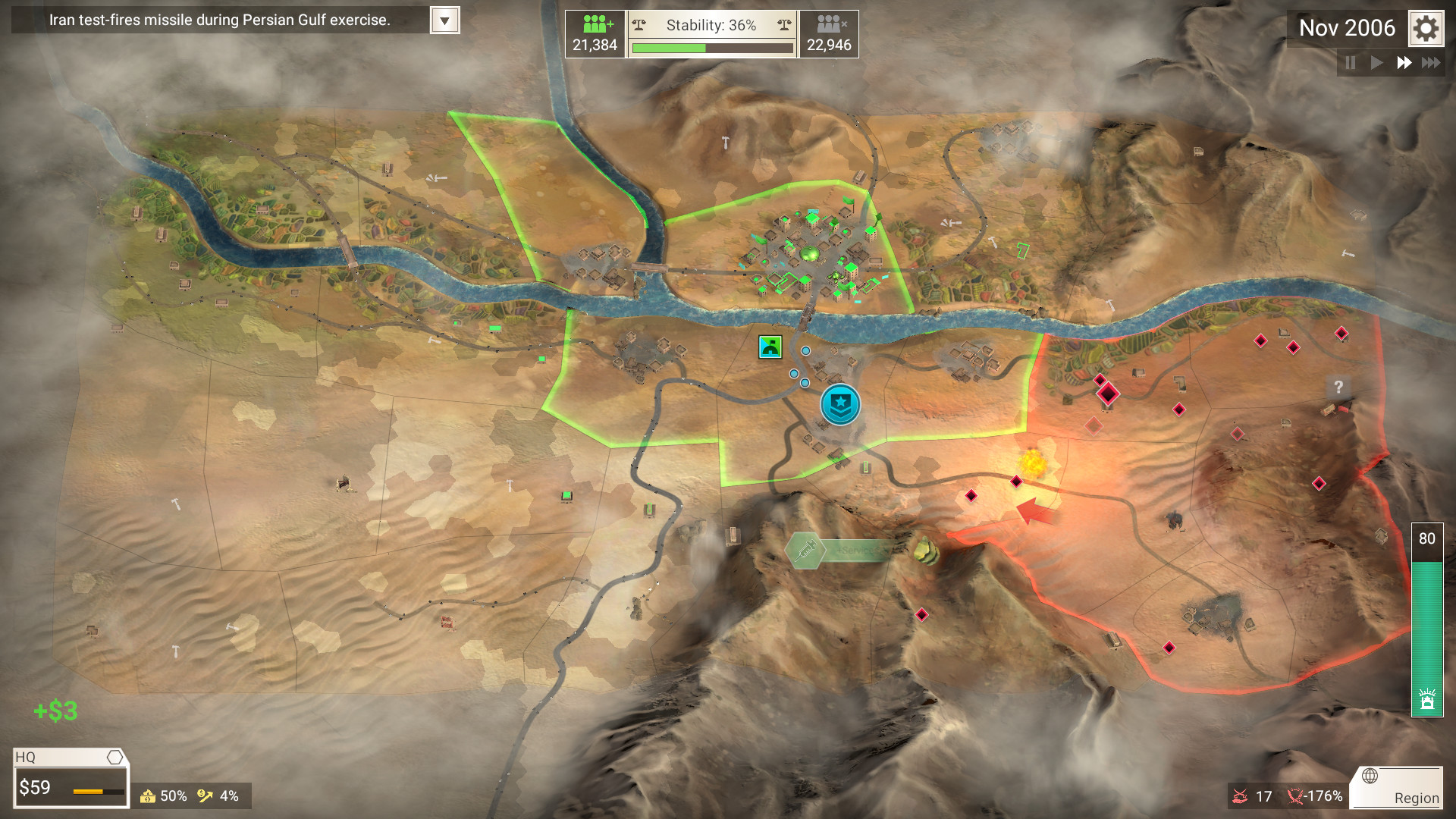

This is the first study reporting the long-term tumor control and toxicity profiles after high-dose single- fraction spinal SRS. Previously published spinal SRS outcome analyses have included a heterogeneous population of cancer patients, mostly with short survival. The vaginal shortening measured by colpometry was not significant (p = 0.159) in the 2.5-Gy group (mean, 0.3 cm) but was highly significant (p 5Â years) after high-dose spinal image guided, intensity modulated radiation therapy delivered as single- dose stereotactic radiosurgery (SRS).

There was no difference between the two randomized groups.

Rebel inc escalation 0.5.5 series#
Results The overall locoregional recurrence rate of the complete series was 1.4% and the rate of vaginal recurrences 0.7%. One hundred forty-four patients were treated with the 2.5-Gy fraction and 146 patients with the 5.0-Gy fraction. The size of the dose per fraction was randomly set to 2.5 Gy (total dose of 15.0 Gy) or 5.0 Gy (total dose of 30.0 Gy). Perspex vaginal applicators with diameters of 20-30 mm were used, and the dose was specified at 5 mm from the surface of the applicator.more » Six fractions were given, and the overall treatment time was 8 days. The HDR MicroSelectron afterloading equipment (iridium-192) was used. The tumors were in International Federation of Gynecology and Obstetrics Stages IA-IB and Grades 1-2. The patients were treated during the years 1989-2003. Methods and Materials In a complete geographic series of 290 low-risk endometrial carcinomas, the efficacy and side effects of two different fractionation schedules for postoperative vaginal irradiation were evaluated.

Purpose To compare two different fractionation schedules for postoperative vaginal high-dose-rate (HDR) irradiation in endometrial carcinomas. Sorbe, Bengt Straumits, Andris Karlsson, Leif Intravaginal high-dose-rate brachytherapy for stage I endometrial cancer: A randomized study of two dose-per-fraction levels In this review, we consider spatially fractionated radiotherapy approaches focusing on GRID and IMRT, and present complementary evidence from different studies which support the role of radiation induced signaling effects in the overall radiobiological rationale for these treatments. GRID refers to the delivery of a single high dose of radiation to a large treatment area that is divided into several smaller fields, while IMRT allows improved dose conformity to the tumor target compared to conventional three-dimensional conformal radiotherapy. Spatially fractionated radiation therapy (GRID) and intensity modulated radiotherapy (IMRT) are examples of advanced modulated beam therapies that help in significant reductions in normal tissue damage. Traditional radiotherapy of bulky tumors has certain limitations. High dose bystander effects in spatially fractionated radiation therapyĪsur, Rajalakshmi Butterworth, Karl T.


 0 kommentar(er)
0 kommentar(er)
